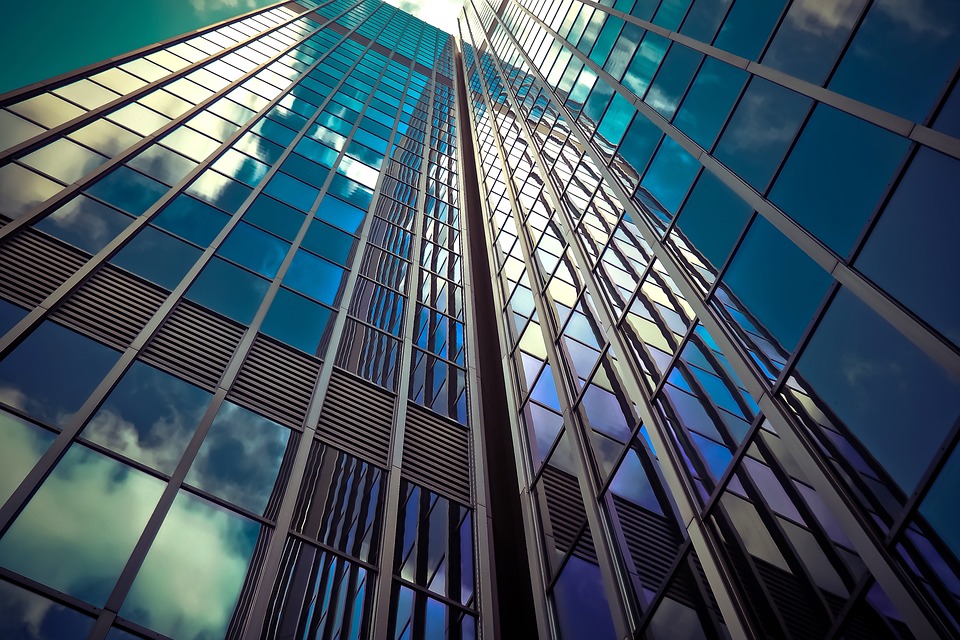Humans have been working with glass for millennia, but it has been considered a luxury commodity for most of that time. It was not produced at industrial scales until the 17th Century when the benefits of lead in glassmaking became apparent to manufacturers in England and Venice. Still, this was primarily limited to the production of fine, crystal glassware rather than glazing. Lead glass was considered a fundamental stepping stone technology to the use of glass in architecture, even though the method predated the first notable architectural projects using large panel glazing by almost two hundred years.
Nowadays, transparency is fundamental in commercial and domestic architecture, with many high-rise structures comprising of large glass expanses and curtain walls. Despite the ubiquity of glass in modern architecture, the underlying technologies are still subject to research and development (R&D) aiming to unlock new functional properties from the material. Almost another two hundred years have passed since the emergence of glazing at industrial scales, and new technologies are set to change the industry yet again. Namely: architectural glass coatings.

In this blog post, IMRA explores some of the challenges and benefits of architectural glass coatings in more detail.
What is Architectural Glass Coating?
Architectural glass coatings are transparent layers deposited on the surface of glass panels to improve their thermal or optical properties, or to facilitate some other advanced functionality. One of the underlying drivers towards the use of architectural glass coatings is changing the emissivity of glass in different conditions. Glass readily allows for the propagation of heat, which can represent a problem for maintaining comfortable ambient conditions. It also poses cost and environmental issues, with heat escaping through the glass during the cold winter months. Estimates suggest that heat loss through windows alone cost the U.S. roughly $40 billion every year.
The first architectural glass coatings were subsequently developed to hinder emissivity and keep the heat inside and out as appropriate. This is known as low emissivity (Low-E) glass, which minimizes the amount of ultraviolet (UV) or infrared (IR) light that can pass through by using a transparent, architectural glass coating designed to reflect short- or long-wave energy. The heat of the sun is reflected outwards, while the heat inside is reflected in. It is a similar technology to that which is used in lasers with internal mirrors.
Low-E glass was first used in the late 1970s, but confidence in emergent architectural glass coatings was lacking until recent years. It was discovered that preventing heat propagation was comparatively rudimentary to what architectural glass coatings are truly capable of. New coatings can now discriminate between WIFI and radio signals and selectively limit the transmission of one or the other. This represents a significant benefit for security, as well as providing significant energy savings.
To learn more about transparent materials processing, read 4 Uses of Femtosecond Fiber Lasers
New technologies have also been developed for ambient dimming. These optically-reactive architectural glass coatings darken electronically based on the amount of ambient light available outside. This requires a functional coating attached to electrical connectors. Innovative products enable distinct panel control and localized dimming, which requires architectural glass coatings with extremely precise patterns.
Architectural Glass Coating with IMRA
IMRA uses fiber-chirped pulse amplification (FCPA) technology for patterning architectural glass coatings. This pioneering tool can process virtually any material, using a very high peak power laser to selectively pattern sub-micrometer (μm) glass coatings without harming the underlying substrate.
At our Applications Development Center, we use a range of process heads with our FCPA lasers, which can reliably handle very large sheets of glass for proofs-of-concept and quality assurance (QA) processes. Our level of accuracy and glazing scales are unheard of in the architectural glass coating industry.
If you would like to learn more about architectural glass coating with IMRA, please do not hesitate to contact us directly.
[Source: American Energy Innovation Council]

